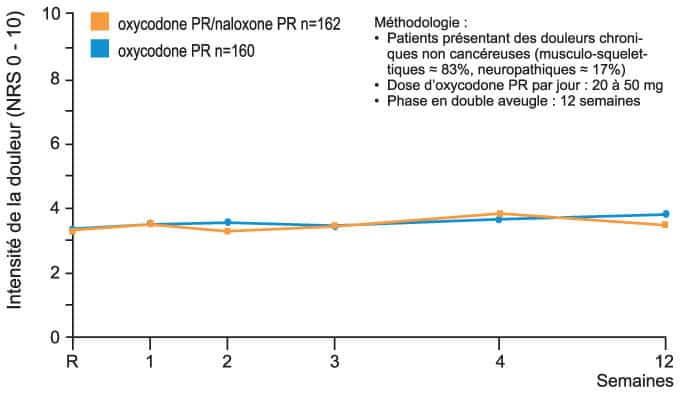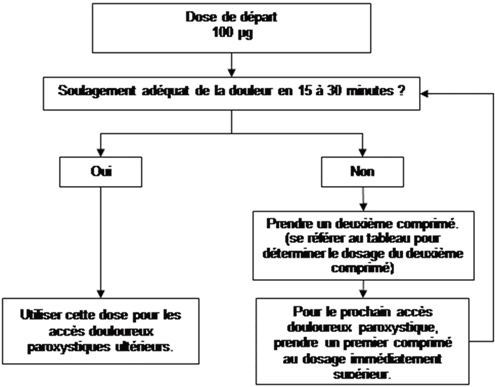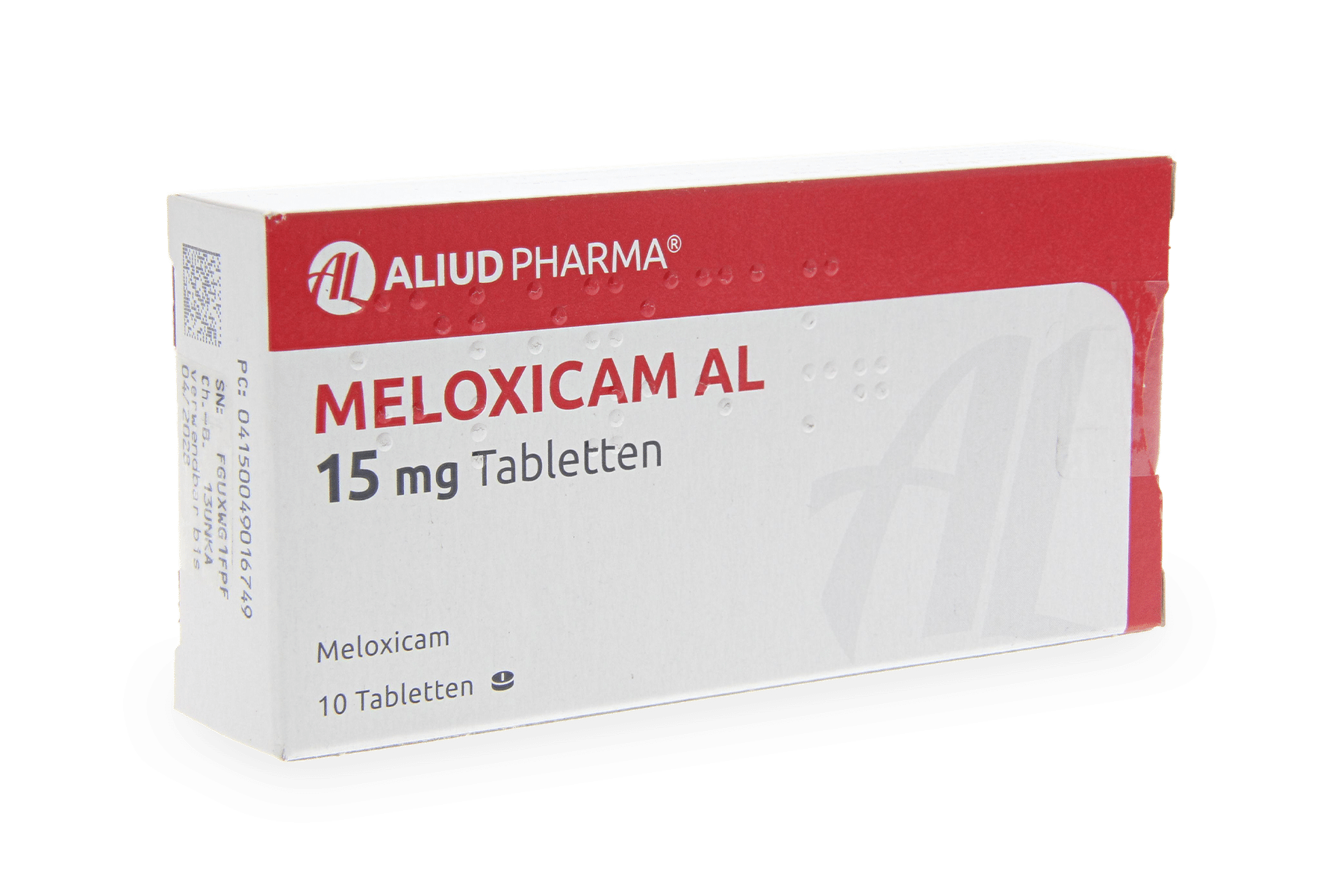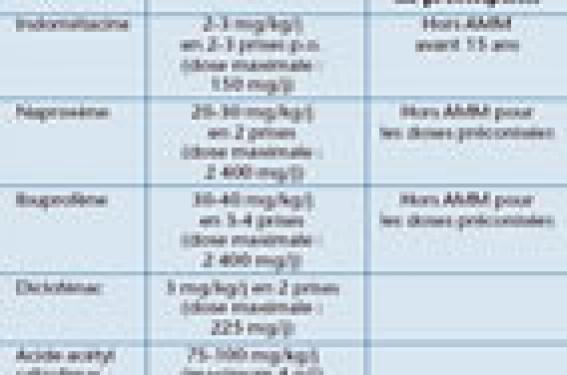Naloxone is a medication primarily used as an antidote in cases of opioid overdose. Its essential role in the resuscitation of patients in respiratory distress requires a thorough understanding of the side effects and contraindications associated with its use. An appropriate medical prescription requires considering these aspects to ensure the safety and efficacy of the treatment, avoiding potential complications. Health professionals must therefore familiarize themselves with the risks associated with naloxone to provide optimal care for their patients.

Naloxone is a morphine antagonist widely used in medicine, particularly in the treatment of opioid overdoses. Its ability to reverse the effects of an overdose by blocking opioid receptors makes it an essential medication for health professionals and emergency services. However, like any medication, naloxone is not without risks. This article delves into its side effects, contraindications, and the precautions to be taken when prescribing it.
The side effects of naloxone
Side effects, although rarely severe, can vary depending on individual tolerance and the patient’s overall health. Among the most commonly reported adverse effects are:
Shivers: Due to the rapid reversal of opioid effects, some patients may experience intense shivering, particularly those with substance dependence.
Vomiting: The onset of withdrawal in a dependent person can also induce nausea and vomiting. This is especially common when naloxone is administered in high doses or to patients who have recently consumed opioids.
Agitation and anxiety: When naloxone starts to take effect, the return to consciousness is often sudden and can generate agitation, confusion, or increased anxiety in the patient.
Hyperventilation: Due to the quick reversal of opioid effects, some patients may exhibit hyperventilation, requiring careful monitoring.
It is important to note that naloxone can also lead to more serious effects in some cases: instances of high blood pressure and pulmonary edema have been reported, especially in patients with cardiovascular histories or those who have been exposed to medications with bradycardic effects.
Contraindications for prescribing naloxone
Before prescribing naloxone, health professionals must be attentive to contraindications. The use of this medication is strictly advised against in the following cases:
Known allergy to naloxone: Individuals who have already had an allergic reaction to this medication should not receive it at any cost. A history of hypersensitivity can manifest with reactions ranging from mild to potentially fatal.
Opioid dependence: Administering naloxone to dependent patients can trigger a withdrawal syndrome, which can be severe and require close medical monitoring.
Cardiovascular diseases: Patients with serious cardiovascular diseases should receive special attention when naloxone is administered. Indeed, the abrupt cessation of opioid effects can pose risks of complications like tachycardia or high blood pressure.
Precautions to take when prescribing naloxone
Using naloxone must be accompanied by precautions. Physicians should not only assess the patient’s current clinical situation but also ensure that any potential drug interactions are properly documented and analyzed.
It is essential to avoid using naloxone with alcoholic beverages or medications containing alcohol, as this can exacerbate sedative effects and increase the risk of undesirable side effects.
A constant monitoring is recommended, especially during the 30 minutes following intravenous injection, as signs of dependence may resurface after the naloxone takes effect. In case of recurrence of symptoms or lack of improvement, it is essential to contact a healthcare professional to adjust the treatment.
It is also wise to consider that some patients may need opioid substitution therapy after administering naloxone. This will ensure that the patient does not fall back into an overdose due to further exposure to opioids.
Since naloxone crosses the placenta, special attention should be given to pregnant or breastfeeding women. Indeed, it is advisable to always consult a doctor in this context before any prescription.
Finally, there are several useful resources and reference documents regarding the prescription and administration of naloxone. Consult attachments such as the USPN memo sheet, and other reference documents such as those from SFmu or the MSSS of Quebec.
A judiciously made prescription of naloxone, along with consideration of its side effects and contraindications, can save lives. Every professional must possess a thorough knowledge of the guidelines to optimize the use of this valuable medication.

FAQ on the medical prescription of naloxone: side effects and contraindications
Q: What are the side effects of naloxone?
A: Naloxone can cause side effects such as shivers, vomiting, respiratory disturbances, agitation, and anxiety. In some cases, more severe reactions like high blood pressure or pulmonary edema may occur, especially in patients with cardiovascular histories.
Q: When is naloxone contraindicated?
A: Naloxone should not be used in individuals who have a known allergy to naloxone. It is also important to seek the advice of a doctor or pharmacist in case of doubt.
Q: Are there precautions to take before using naloxone?
A: Yes, it is recommended to use naloxone with caution in patients with serious cardiovascular diseases. Medical monitoring is necessary until all opioid substances are eliminated.
Q: Can naloxone interact with other medications?
A: Naloxone should be avoided with alcoholic beverages or medications containing alcohol. It is crucial to disclose any ongoing treatment to your doctor or pharmacist to avoid interactions.
Q: What specific recommendations are there for pregnant or breastfeeding women?
A: Pregnant or breastfeeding women should inform their doctor before using naloxone, as its use should only be considered in cases of absolute necessity.
Q: Does naloxone affect the ability to drive vehicles?
A: Yes, patients who have received naloxone to treat effects related to opioids should not drive vehicles or operate machinery for at least 24 hours, until the effects of the opioids are completely reversed.












